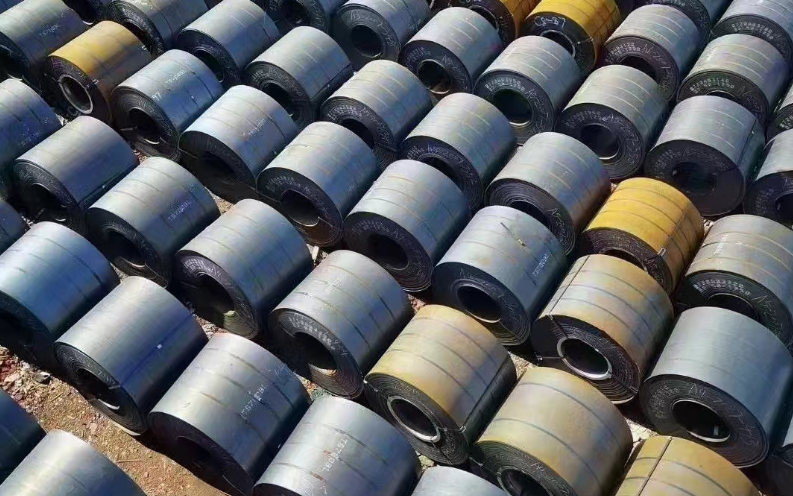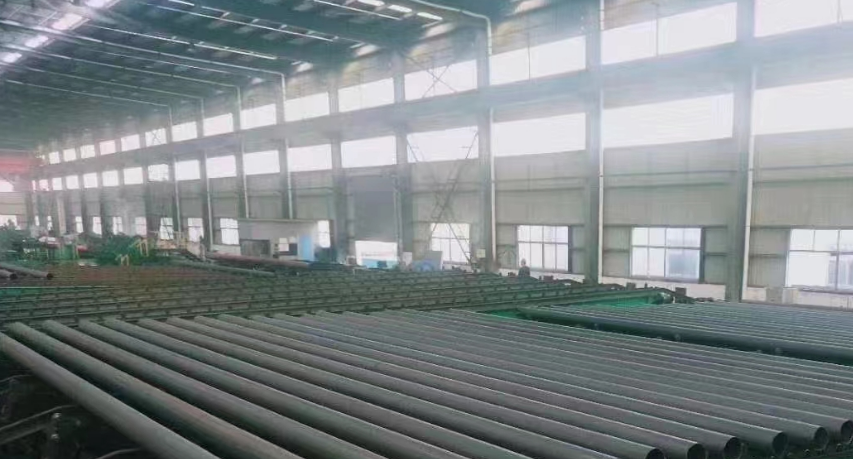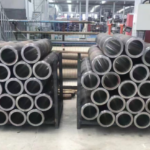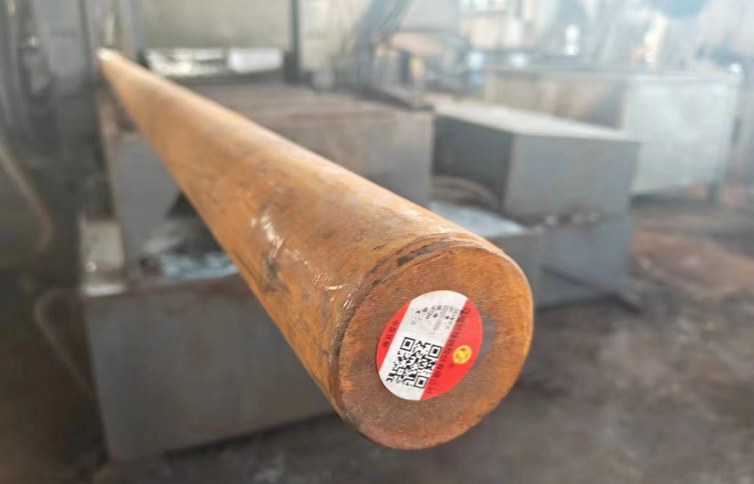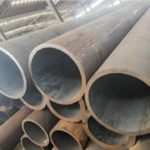In the realm of metallurgy, the specifications A395 vs A216 represent two distinct types of cast carbon steel. These standards, issued by the American Society for Testing and Materials (ASTM), govern the composition, mechanical properties, and applications of these materials. Understanding the key differences between A395 and A216 is crucial for ensuring the right material is chosen for a given engineering or manufacturing project.
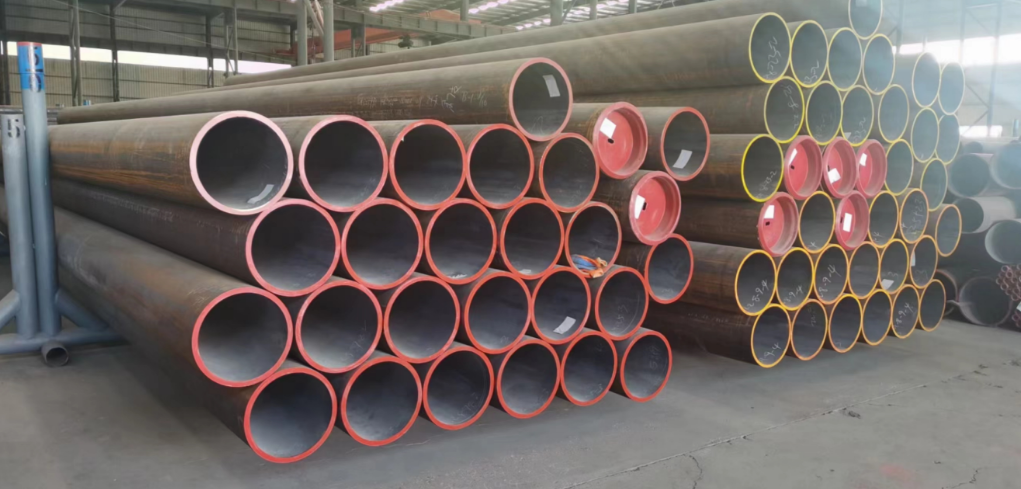
A395 vs A216 – What’s the Difference?
A395 vs A216 – 1. A395 Cast Carbon Steel
A395 is a specification for medium-carbon steel castings that are heat-treated to develop high strength and hardness. This type of steel is commonly used in applications that require resistance to wear, abrasion, and impact. It is often found in industrial equipment, such as gears, shafts, and bearings, where durability and load-bearing capacity are paramount.
The key characteristics of A395 steel are its high carbon content, which ranges between 0.30% and 0.50%, and its heat treatment process. The carbon content provides the steel with its hardness and strength, while the heat treatment enhances these properties, making the material suitable for demanding applications.
A395 vs A216 – 2. A216 Cast Carbon Steel
On the other hand, A216 specifies low- to medium-carbon steel castings that are suitable for a wide range of applications, including those in the petrochemical, oil and gas, and power generation industries. This steel is notable for its good weldability, machinability, and corrosion resistance, particularly in mildly corrosive environments.
A216 steel typically has a carbon content between 0.15% and 0.35%, which gives it good ductility and toughness. It is often used in the construction of valves, flanges, and fittings due to its resistance to corrosion and its ability to withstand high temperatures and pressures.
A395 vs A216 – 3. Comparison
- Carbon Content and Mechanical Properties: The primary difference between A395 and A216 lies in their carbon content. A395 has a higher carbon content, resulting in higher hardness and strength compared to A216. Consequently, A395 is more suitable for applications that require resistance to wear and impact, while A216 offers better ductility and toughness, making it more suitable for welding and machining.
- Applications: Due to its hardness and strength, A395 is commonly used in industrial equipment, gears, shafts, and bearings. On the other hand, A216 is widely used in the construction of valves, flanges, and fittings in the petrochemical, oil and gas, and power generation industries.
- Corrosion Resistance: While both A395 and A216 offer good corrosion resistance, A216 tends to perform better in mildly corrosive environments. Its lower carbon content and composition make it more resistant to corrosion compared to A395.
- Heat Treatment: A395 steel requires heat treatment to achieve its desired mechanical properties, which adds to its processing complexity and cost. In contrast, A216 steel can be used in its as-cast condition, making it more suitable for applications where heat treatment is not feasible or cost-effective.
Conclusion
In summary, A395 vs A216 are both cast carbon steel specifications with distinct properties and applications. A395, with its higher carbon content and heat treatment, offers superior hardness and strength, making it ideal for wear-resistant applications.
On the other hand, A216, with its lower carbon content and good weldability, machinability, and corrosion resistance, is more suitable for a wide range of industrial applications, particularly in the petrochemical and power generation industries.
Thank you for reading our article and we hope it can help you to have a better understanding of the differences between A395 vs A216. If you are looking for A395 and A216 suppliers online now, please don’t hesitate to contact Huaxia Steel.
As a leading supplier of carbon steel products from Shanghai China, Huaxia Steel provides customers with high-quality carbon steel, tool steel, alloy steel, carbon steel tubes, and carbon steel pipes at a very competitive price.

